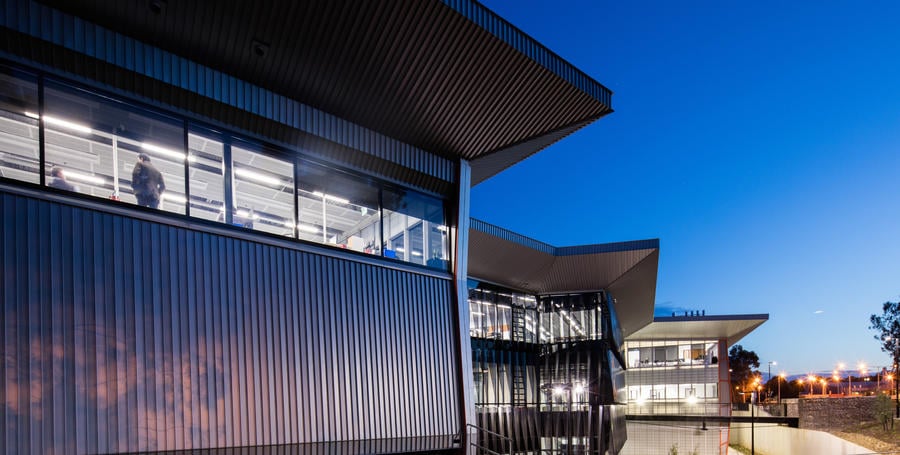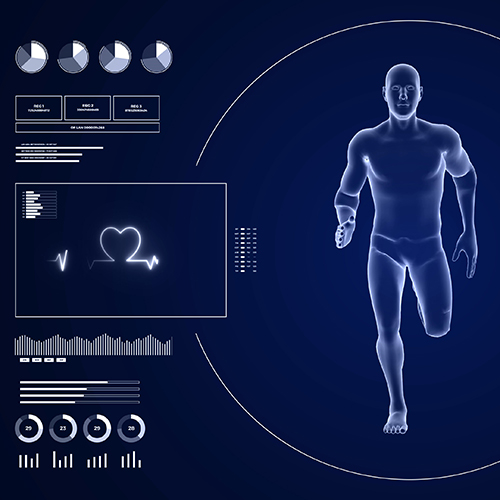Industry, government and statutory bodies are working together to ensure that appropriate strategies are in place to reduce welder exposure to fumes and prevent long-term health effects.
Established by Weld Australia in early 2019, the Welding Safety Council provides a forum for industry and legislative safety authorities to discuss issues and work collaboratively to identify solutions. By drawing together key government stakeholders, statutory bodies and industry into a single independent body focused on eradicating welding related injury, the Australian welding industry continues to take a significant steps forward in protecting both the general public and welders.
Recent media coverage has raised the issue of lowering the limit for exposure to welding fumes. In recent years, the welding industry has become increasingly aware of the hazards posed by metal fume produced during the welding process. This fume, comprising of microscopic particles of hot metal and gases, poses serious risks when inhaled by welders. In early 2017, the International Agency for Research on Cancer classed welding fumes as ‘Carcinogenic to Humans’. However, when appropriate precautions are adhered to, risk of exposure is greatly minimised.
According to Geoff Crittenden (CEO, Weld Australia), “Welding can and should be considered a safe occupation; when proper precautions are taken, welders have no cause to fear accident or injury. But when safety isn’t taken seriously in the workplace, the risk of a severe incident becomes a real concern.”
“It is vital that appropriate strategies are in place to reduce welder exposure to fumes and prevent the long-term health effects that can result from exposure. All welders should receive training on methods to mitigate the effects of metal fume, including positioning themselves to reduce exposure and investigating less toxic alternatives where possible.”
“Education is the key to ensuring a safe and productive working environment for everyone. Employers need to invest in thorough and up-to-date training for all their employees to ensure that they understand the risks associated with welding, the mitigation strategies they can use, and the equipment available to prevent accident and injury.”
“As the Responsible International Institute of Welding (IIW) representative in Australia, Weld Australia is at the forefront of global welder safety best practice. We regularly participate in international research and development programs designed to improve welding fume safety practices,” said Crittenden.
Local Exhaust Ventilation (LEV) systems capture and extract welding fume at the source and are a proven way of reducing exposure. All workplaces should have fit-for-purpose LEV systems installed and regularly maintained. Powered air purifying respirators (PAPR) are also a proven method to minimise the welder’s exposure to welding fume in conformance with WHS regulations.
Initiatives to Improve Welder Safety
In collaboration with industry, Weld Australia has implemented a range of other initiatives to help improve welder safety.
Weld Australia has published a wide range of welding safety resources, which are available to the public completely free of charge. These include:
- Fume Minimisation Guidelines: Welding, Cutting, Brazing and Soldering, which includes all the information required to help protect workers from the hazards associated with welding fumes.
- Technical Note 7: Health and Safety in Welding, which gives guidance on health and safety practices in welding, cutting and allied processes such as brazing, soldering, pre- and post- weld material treatments and metal spraying, for the prevention of injury, ill health and discomfort, as well as damage to property, equipment and environment by fire, and explosion.
Weld Australia is currently developing two comprehensive online welder safety training courses. One course is tailored for welders, while the other is aimed at welding engineers and supervisors. These courses cover a raft of activities across a range of welding processes, from electric arc welding and flame cutting, through to topics like welding fume safety, and welding in confined spaces, at heights, or in hot and humid conditions. These courses will be completed towards the end of this year and made freely available via the Weld Australia website.
“Education is the key to ensuring that anyone who welds is safe. Employers, professional welders and DIY enthusiasts alike must invest in thorough and up-to-date training to ensure an in-depth understanding of the risks associated with welding, the mitigation strategies that can be used, and the equipment available to prevent accident and injury,” said Crittenden.







